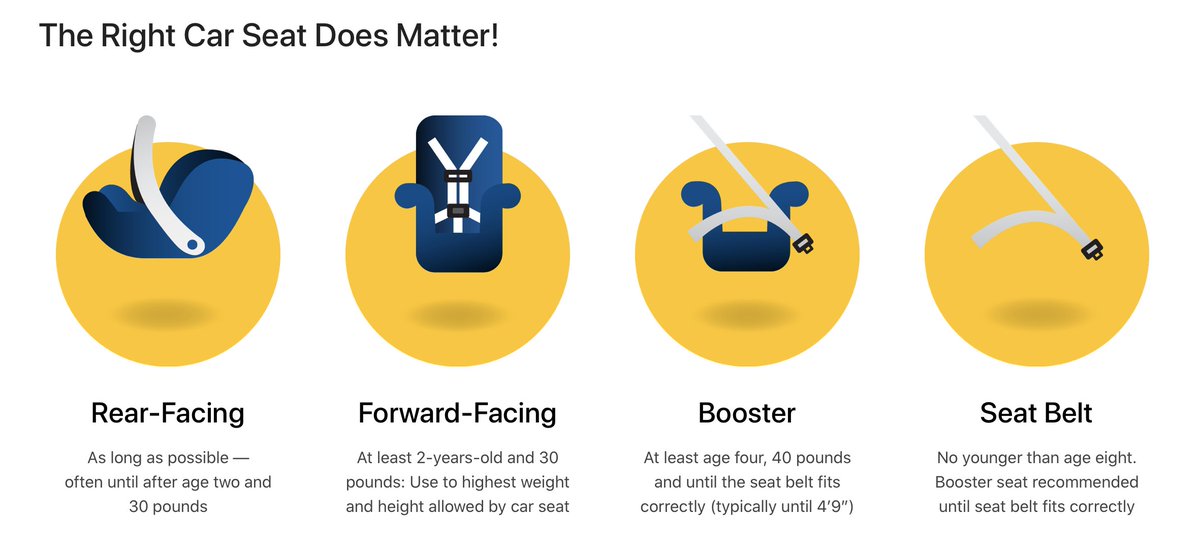

If your vehicle doesn't have shoulder belts in the back seat, consider having your auto dealer or auto repair shop install (retrofit) shoulder belts, or you can consider using a travel vest, which accommodates children up to 168 pounds.We do not recommend non-regulated or "add-on" belt adjusters that can be bought in retail stores because there are no national standards for these products. If not, use the shoulder belt height adjusters that are built into your vehicle. To make the shoulder belt fit better, many boosters come with belt guides (high-back booster seat) or plastic clips (backless booster seat) to help the belt stay on the shoulder.Remember the rhyme: "Under the arm, seat belts cause harm. Never put the shoulder belt behind your child's back or under her arm.The shoulder belt crosses the center of your child’s chest and shoulder and not cut across her neck or face. When using a booster seat, make sure the lap belt lies low and snug across your child’s upper thighs, below the hip bones.You should use a belt-positioning booster seat in the back seat of your vehicle - always with the vehicle lap and shoulder belt.When your child reaches the highest weight or height limit allowed for his forward-facing child safety seat with a harness, he should use a belt-positioning booster seat until the vehicle lap and shoulder belt (adult seat belt) fits properly, typically when he reaches 4 feet 9 inches in height and is between 8 and 12 years of age.

The following are some important booster seat safety tips to help keep your child safe:


 0 kommentar(er)
0 kommentar(er)
